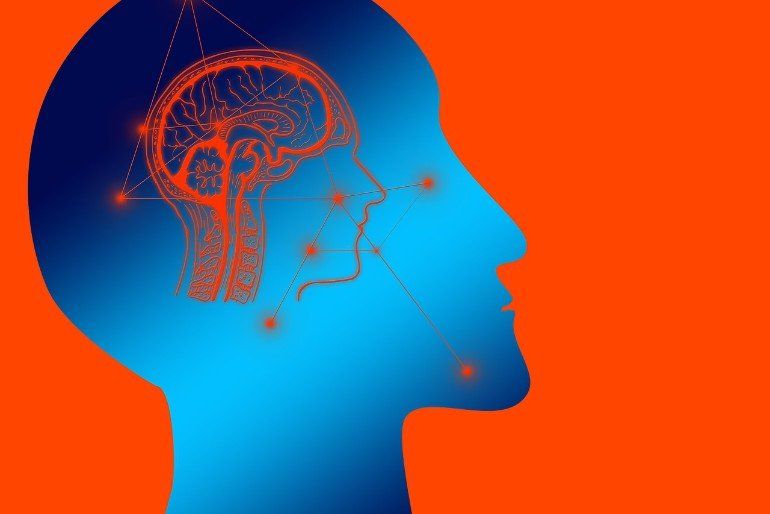SpaceX disclosed the benchmarks in a presentation the company sent to the FCC last Friday. It also revealed the public beta for Starlink is coming to multiple US states.
Get the latest international news and world events from around the world.
Google Fiber to Offer 2Gbps Download Speeds Next Year for $100 a Month
The 2 Gig service is targeting households with heavy internet users who are now forced to work from home due to COVID-19. “So we’re more than a little excited to announce 2 Gig today—bringing even more bandwidth and speed to customers in internet-intensive households who may need more than a gig to do their thing, whatever that may be,” wrote Amalia O’Sullivan, Google Fiber’s director of product management, in the announcement. (That said, upload speeds will remain at 1Gbps.)
Google Fiber is currently looking for subscribers in Nashville, Tennessee, and Huntsville, Alabama, to sign up as testers for the 2 Gig service. The beta will then roll out to other Google Fiber cities in the fall before the official launch. Interested customers can also go to the Google Fiber website to sign up for email updates on the 2Gbps service’s availability.
Air Force Says New Hypersonic Missile Will Hit Targets 1,000 Miles Away In Under 15 Minutes
A new missile which can hit targets a thousand miles away in 15 minutes.
An Air Force Global Strike Command official has given us an indication of how fast the Air Force’s new Air-launched Rapid-Response Weapon will fly.

DOD Announces $600 Million for 5G Experimentation and Testing at Five Installations
Today, the Department of Defense announced $600 million in awards for 5G experimentation and testing at five U.S. military test sites, representing the largest full-scale 5G tests for dual-use applications in the world. Each installation will partner military Services, industry leaders, and academic experts to advance the Department’s 5G capabilities. Projects will include piloting 5G-enabled augmented/virtual reality for mission planning and training, testing 5G-enabled Smart Warehouses, and evaluating 5G technologies to enhance distributed command and control.
“The Department of Defense is at the forefront of cutting edge 5G testing and experimentation, which will strengthen our Nation’s warfighting capabilities as well as U.S. economic competitiveness in this critical field. Through these test sites, the Department is leveraging its unique authorities to pursue bold innovation at a scale and scope unmatched anywhere else in the world. Importantly, today’s announcement demonstrates the Department’s commitment to exploring the vast potential applications and dual-use opportunities that can be built upon next-generation networks,” said Michael Kratsios, Acting Under Secretary of Defense for Research and Engineering.
The test sites include: Hill Air Force Base, Utah; Joint Base Lewis-McChord, Washington; Marine Corps Logistics Base Albany, Georgia; Naval Base San Diego, California; and Nellis Air Force Base, Las Vegas, Nevada.

SpaceX, Hughes and Viasat qualify to bid for $20.4 billion in FCC rural broadband subsidies
WASHINGTON — SpaceX, Hughes Network Systems and Viasat are eligible to compete for a share of the $20.4 billion in broadband subsidies the FCC plans to dole out under the Rural Digital Opportunity Fund (RDOF) starting later this month.
The Federal Communications Commission on Oct. 13 released a list of “qualified bidders” for the RDOF funds, which will be awarded via reverse auction to telecom providers bidding to bring subsidized voice and broadband internet services to rural communities and other underserved parts of the United States.
FCC’s list of qualified bidders includes 386 telecom providers, including SpaceX, Hughes and Viasat.

Three Space Travelers Countdown to Early Wednesday Launch
(From left) NASA astronaut Kate Rubins with Roscosmos cosmonauts Sergey Ryzhikov and Sergey Kud-Sverchkov will launch to the space station for a six-month research mission. A trio of space travelers, including NASA astronaut Kate Rubins, is s…
A trio of space travelers, including NASA astronaut Kate Rubins, is scheduled to launch aboard the Soyuz MS-17 spacecraft from the Baikonur Cosmodrome in Kazakhstan to the International Space Station at 1:45 a.m. EDT (10:45 a.m. Kazakhstan time) Wednesday, Oct. 14.
Beginning at 12:45 a.m., NASA Television and the agency’s website will provide live coverage of the crew’s launch. Teams at the Baikonur Cosmodrome in Kazakhstan are making final preparations for the liftoff of Rubins and Russian cosmonauts Sergey Ryzhikov and Sergey Kud-Sverchkov.
The launch will send the crew members on a two-orbit, three-hour journey to the space station, where they will join Expedition 63 Commander Chris Cassidy of NASA and Roscosmos cosmonauts Anatoly Ivanishin and Ivan Vagner, temporarily increasing the orbiting laboratory’s population to six people.

Mercedes-Benz unveils rugged EQC 4×4 electric off-road SUV
Mercedes-Benz has unveiled a rugged new EQC 4×4 electric off-road SUV to show that electric vehicles can also be adventure vehicles.
That’s actually very much Rivian’s mission with the R1T electric pickup truck and R1S SUV, which it describes as “adventure vehicles.”
As for Mercedes-Benz, instead of making a new vehicle, they decided to modify their existing EQC electric SUV.

A New Model of the Brain’s Real-Life Neural Networks
Summary: A new computational model predicts how information deep inside the brain could flow from one network to another, and how neural network clusters can self optimize over time.
Source: USC
Researchers at the Cyber-Physical Systems Group at the USC Viterbi School of Engineering, in conjunction with the University of Illinois at Urbana-Champaign, have developed a new model of how information deep in the brain could flow from one network to another and how these neuronal network clusters self-optimize over time.

Physicists Just Stored and Transported Light Itself
A team of German physicists managed to pack up light — and unpack it 1.2 millimeters away, without altering it in the process.
It’s a simple concept, but extremely difficult to actually pull off. To do it, the team from the Johannes Gutenberg University Mainz (JGU) had to cool down rubidium-87 atoms to almost absolute zero.
“We stored the light by putting it in a suitcase so to speak, only that in our case the suitcase was made of a cloud of cold atoms,” Patrick Windpassinger, professor at JGU, research lead, said in a statement. “We moved this suitcase over a short distance and then took the light out again.”

Study: More Than 500 Vertebrates Poised To Go Extinct
We should save their DNA and resurrect them or keep in a bubble environment.
Close To Home
The researchers behind the study warned that each time an animal goes extinct, it also threatens humanity’s continued survival.
“The current extinction crisis is one of the more urgent global environmental problems and the only one [that is] truly irreversible,” study author Gerardo Ceballos of the National Autonomous University of Mexico’s Institute of Ecology told Earther. “Once a species is gone, there is no way to bring it back. Our paper indicates that is vastly speeding up.”